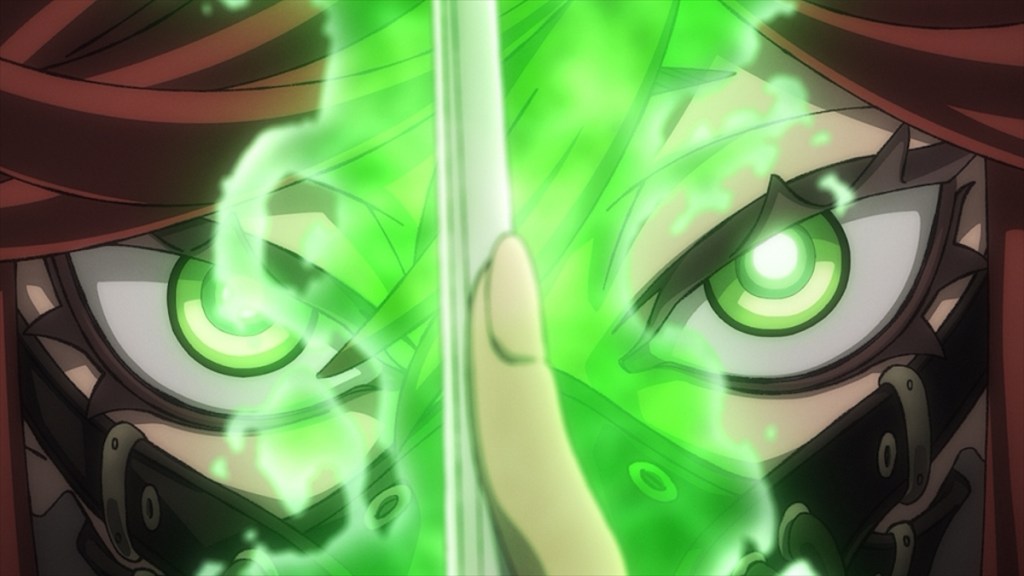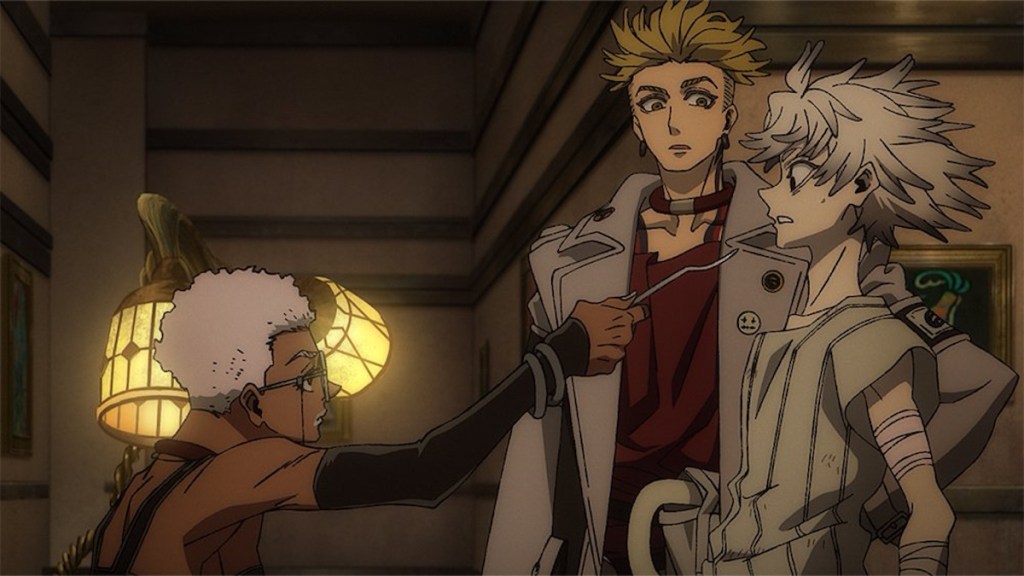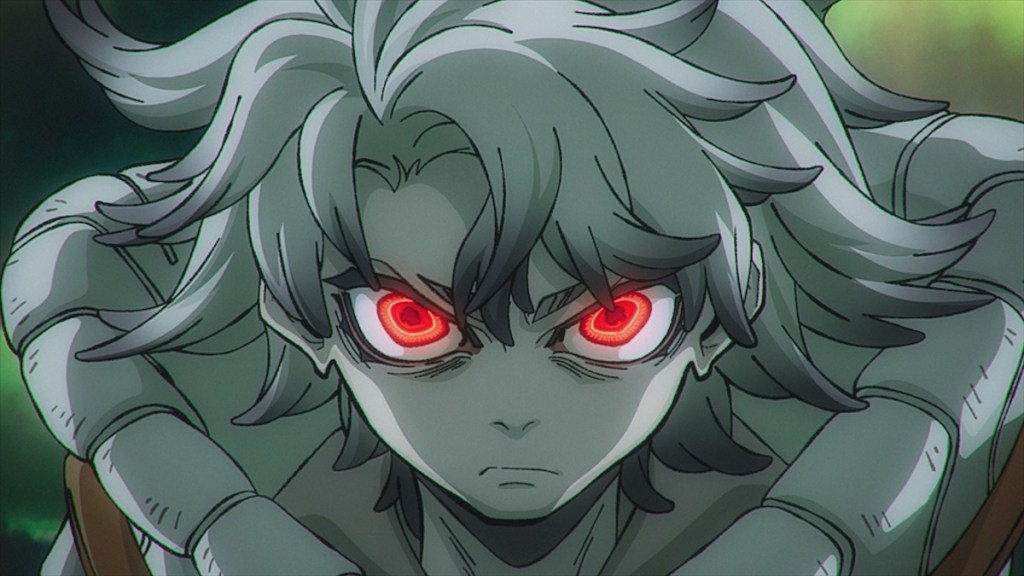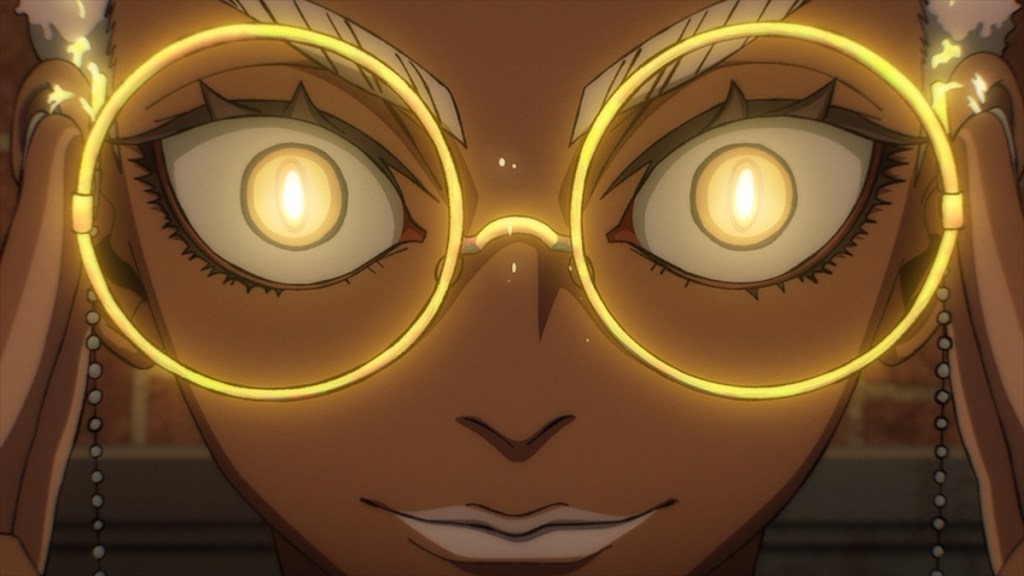The majority of the battle shonen series always revolve around conventional life force or magic, right? But Kei Urana’s Gachiakuta, a dark fantasy shonen series, takes a step further where a character’s powers and abilities stem from a unique bond between the person and their sentimental belongings. If this got you curious, or if you are struggling to figure out how vital instruments, aka jinki, work in Gachiakuta, I’ve got your back. Keep reading to learn everything we know about vital instruments in Gachiakuta here.
What Is a Vital Instrument in Gachiakuta?

Before learning more about vital instruments in Gachiakuta, we recommend checking out our explainer on Gachiakuta’s power system to gain a foundational understanding of anima/thought, giver, etc. Well, if you are already familiar with these terms, understanding vital instruments won’t take long.
Let’s say you have an object you deeply care about. When this object is treated with care and attention for a long time, it gets infused with a soul (anima) and becomes a vessel of immense power. These transformed objects are known as vital instruments or jinki in Gachiakuta.
As ordinary weapons have no effect on trash monsters, vital instruments are the go-to weapons in the world of Gachiakuta. Be it Rudo’s gloves or Enjin’s umbrella, each jinki comes with a variety of abilities. The characters who use vital instruments are known as ‘Givers’, and they can channel the vital instrument’s true power and unleash it.
How to Transform an Object into a Vital Instrument in Gachiakuta?

As I stated earlier, an object can be turned into a jinki by caring deeply and imbuing it with anima. But before that, a person needs to become a giver by mastering the art of channeling and releasing anima. Once the giver is all set with releasing anima, they are good to go to transform their cherished possession into a vital instrument. This process of transforming an object into a jinki is called awakening.
If you treat something with care for long enough, it’s imbued with a soul. – Regto
Remember how an expert Nen user in Hunter x Hunter can help a newbie with opening their aura nodes in HxH? There is a similar concept in Gachiakuta as well. If one wants to speed up the process of transforming their object into a jinki, another giver can come to the rescue. A second giver can release extra anima energy to the main giver and thus significantly boost the process of awakening a vital instrument.
Types of Vital Instruments in Gachiakuta

You might have guessed it already, and yes, there are two different types of vital instruments in gachiakuta categorized as ‘attacker’ and ‘defender’ based on the weapon’s capabilities. It’s a simple concept, and they are as follows:
- If a giver wants to draw out the full potential of a jinki, it is bestowed with powerful offensive abilities, making it an attacker’s vital instrument.
- In contrast, if a giver wishes to protect their belonging at costs, it automatically becomes a defender’s vital instrument and can’t be used offensively. But that doesn’t mean these are useless; the defender jinki can be used to support in many ways.
How to Increase the Power of a Vital Instrument?

Of course, there is a way to increase the power of a vital instrument, which is referred to as ‘improving the quality’ of a jinki. If a giver consistently treats his vital instrument with care and attention, then the weapon naturally becomes more refined as the unique bond between the user and his tool deepens. One can only make use of the improved jinki to the fullest if they have long experience working with these tools.
Succession

Improving the quality of a vital instrument isn’t limited by time, and that’s where the concept of succession comes in. If a family passed down an heirloom for generations, then that would automatically make the jinki one of the most powerful tools. Because the anima of various givers accumulates inside the object for a long time.
The best example of the succession case we have seen so far is in the Successor Spellcaster arc. A pen jinki was passed down between spell casters. With Gob’s unfortunate death, the pen was given to Remlin as Gob wanted her to carry on the legacy. In addition, not everyone is capable of using an inherited jinki and has to learn to adapt to it. But there are a few individuals known as ‘natural givers’ who can start using the inherited jinki right away. Remlin once again is the best example for this case.
Naming and Controlling a Vital Instrument

Upon awakening a vital instrument, the respective giver’s name is written on it. However, a giver can also remove the name accordingly to suppress the powers of the jinki. This technique comes in handy to prevent the giver from burning out or even getting permanently impaired. You must have met Semiu Grier, the receptionist at the Cleaner HQ.
Semiu’s vital instrument is her glasses; when she saw Rudo for the first time, she used her power to see through Rudo’s soul. Now, if she continues to keep this power turned on at all times, it would eventually make her go blind. That’s where removing the name comes in handy, as she can control her powers at her will.
And that’s everything you need to know about vital instruments in Gachiakuta. Author Kei Urana stated that she came up with this power system based on a childhood memory of her favorite pen. Without a doubt, Gachiakuta’s power system is one of the best I’ve seen in years after One Piece, Hunter x Hunter, and a few other titles. That said, what do you think about the concept of vital instruments? Let us know in the comments below.






